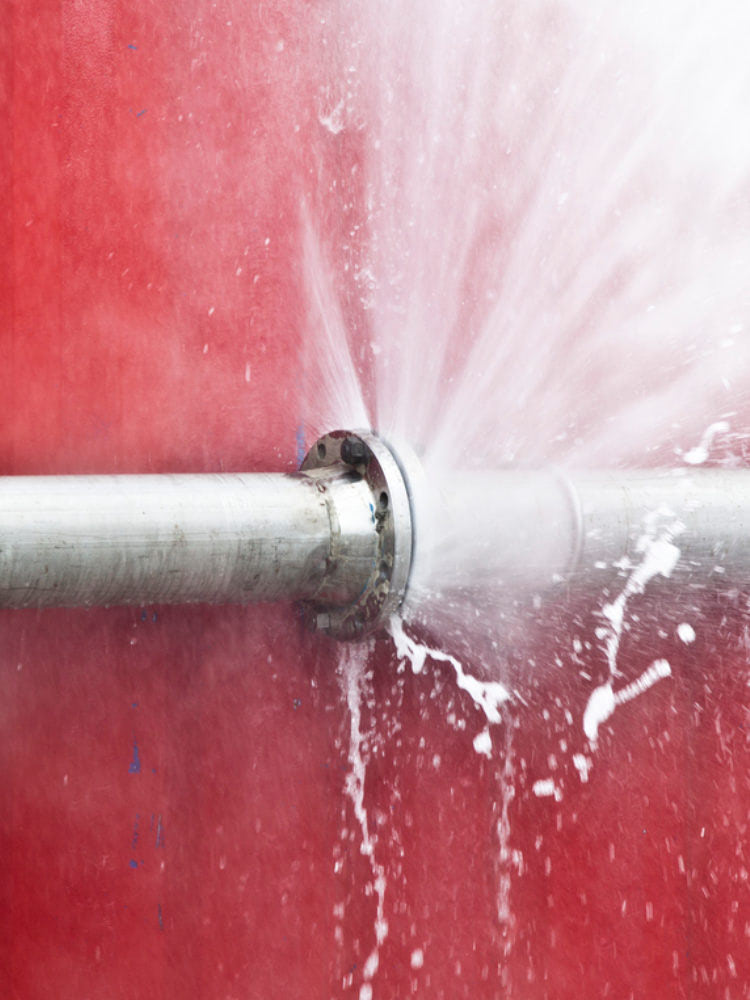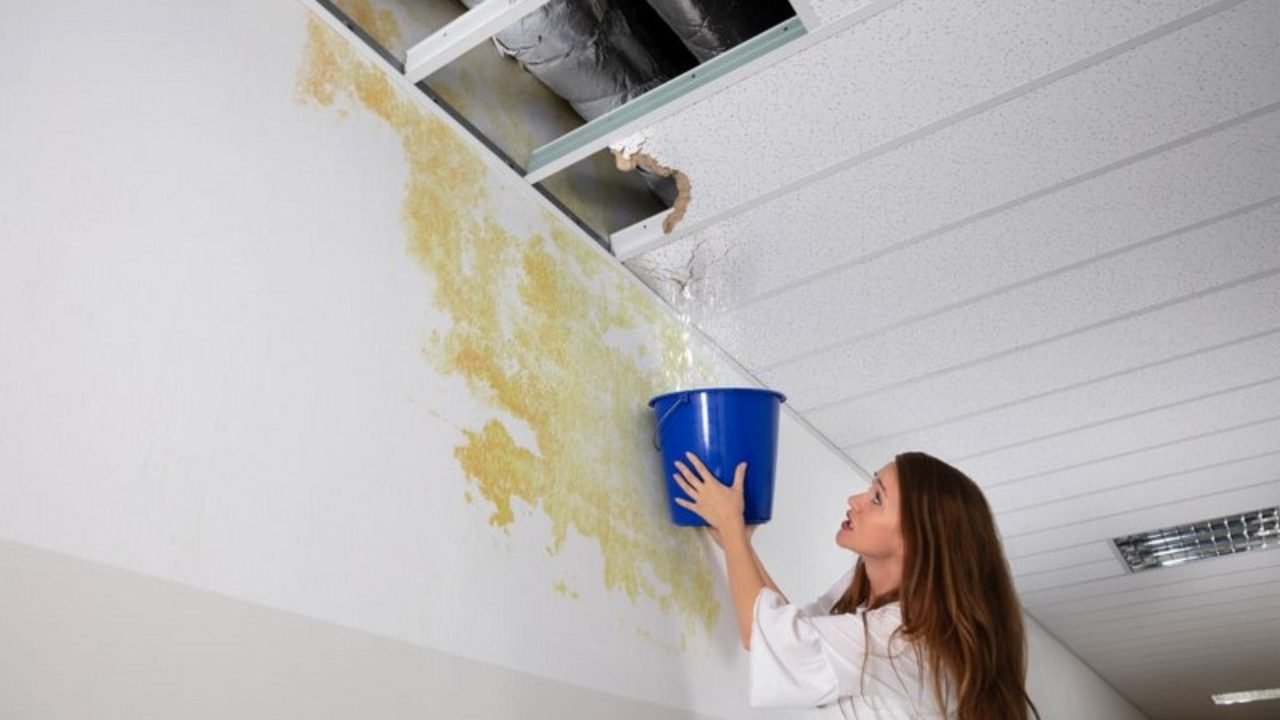Just about every person will have their unique rationale in relation to Most Common Causes of Leaky Pipes.

Leaks not just cause waste of water but can also create unneeded damages to your house and promote unwanted natural development. Water leaks may go undetected because most of the pipework in our residence is concealed. By looking and recognizing for day-to-day scenarios that trigger leaks, you can shield your house from future leaks and also unneeded damages. Today, we will consider 6 leak creates that may be causing your pipes to trickle.
Encroaching origins
Most water leakages start outside your house rather than inside it. If you see an unexpected decline in water stress, say in your faucet, take time to head out and examine your backyard. You may notice damp patches or sinkholes in your lawn, which might indicate that tree roots are attacking water lines causing water to leak out. You can have your plumber check for invasion, specifically if you have trees or shrubs near your building.
Corroded water supply
As time goes by, your plumbing system ages and corrosion such as rust may start eating away the pipes. This may be the source of discoloration or warping on your water pipes. This calls for an examination with your plumber instantly. If our plumbing system is old, think about changing the pipelines given that they go to a greater danger of deterioration than the more recent versions.
Faulty Pipeline Joints
The factor at which your pipes link is often the weakest web link in the waterline. Pipeline joints can wear away with time, causing water leakages. Regrettably, most of pipe joints are not easily noticeable. If you have noisy pipelines that make ticking or banging noises, specifically when the warm water is activated, your pipeline joints are possibly under a great deal of pressure. It is recommended to have your plumber inspect your system yearly.
Instant temperature modifications.
Severe temperature level changes in our pipes can trigger them to broaden and contract suddenly. This development and tightening might create splits in the pipes, specifically if the temperature are listed below freezing.
Poor Water Connectors
Sometimes, a leak can be brought on by loose tubes and pipelines that supply your home appliances. Most of the time, shifting is what creates the loose water Links. You might discover in the case of a cleaning equipment, a hose pipe might spring a leak because of drinking during the spin cycle. In case of a water links leakage, you might notice water running straight from the supply line or puddles around your devices.
Blocked Drains
Blocked drains pipes might be irritating as well as inconveniencing, yet they can sometimes wind up causing an overflow leading to break pipelines. Keep eliminating any kind of materials that may drop your drains that might obstruct them to stay clear of such hassles.
All the above are root causes of leaks but not all water leakages arise from plumbing leakages; some leakages might come from roofing leakages. All leaks ought to be repaired promptly to stay clear of water damages.
Leaks not only cause waste of water yet can additionally create unnecessary damage to your home and promote unwanted natural development. By recognizing and looking for daily circumstances that trigger leakages, you can shield your residence from future leakages and also unneeded damages. Today, we will certainly look at six leak causes that may be causing your pipelines to drip.
At times, a leakage can be created by loose hoses and pipes that supply your appliances. In situation of a water connections leak, you might observe water running straight from the supply line or puddles around your appliances.
How To Check For Water Leak In Your Home
How To Check for Leaks
The average household's leaks can account for nearly 10,000 gallons of water wasted every year and ten percent of homes have leaks that waste 90 gallons or more per day. Common types of leaks found in the home are worn toilet flappers, dripping faucets, and other leaking valves. These types of leaks are often easy to fix, requiring only a few tools and hardware that can pay for themselves in water savings. Fixing easily corrected household water leaks can save homeowners about 10 percent on their water bills.
To check for leaks in your home, you first need to determine whether you're wasting water and then identify the source of the leak. Here are some tips for finding leaks:
Take a look at your water usage during a colder month, such as January or February. If a family of four exceeds 12,000 gallons per month, there are serious leaks.
Check your water meter before and after a two-hour period when no water is being used. If the meter changes at all, you probably have a leak.
Identify toilet leaks by placing a drop of food coloring in the toilet tank. If any color shows up in the bowl after 10 minutes, you have a leak. (Be sure to flush immediately after the experiment to avoid staining the tank.)
Examine faucet gaskets and pipe fittings for any water on the outside of the pipe to check for surface leaks.
Undetected water leaks can happen without the home or business owner even realizing. If you suspect a water leak, but not able to find the source. It is time to contact a professional water leak detection service, The Leak Doctor.
How To Find a Water Leak In Your Home
https://www.leakdoctor.com/blog/How-To-Check-For-Water-Leak-In-Your-Home_AE197.html

Do you enjoy reading about Top Causes of Home Water Leaks? Try leaving feedback down below. We'd be interested to see your thoughts about this content. In hopes that you come back again soon. So long as you enjoyed reading our page please make sure you remember to pass it around. Thank you for your time spent reading it.
Call Today